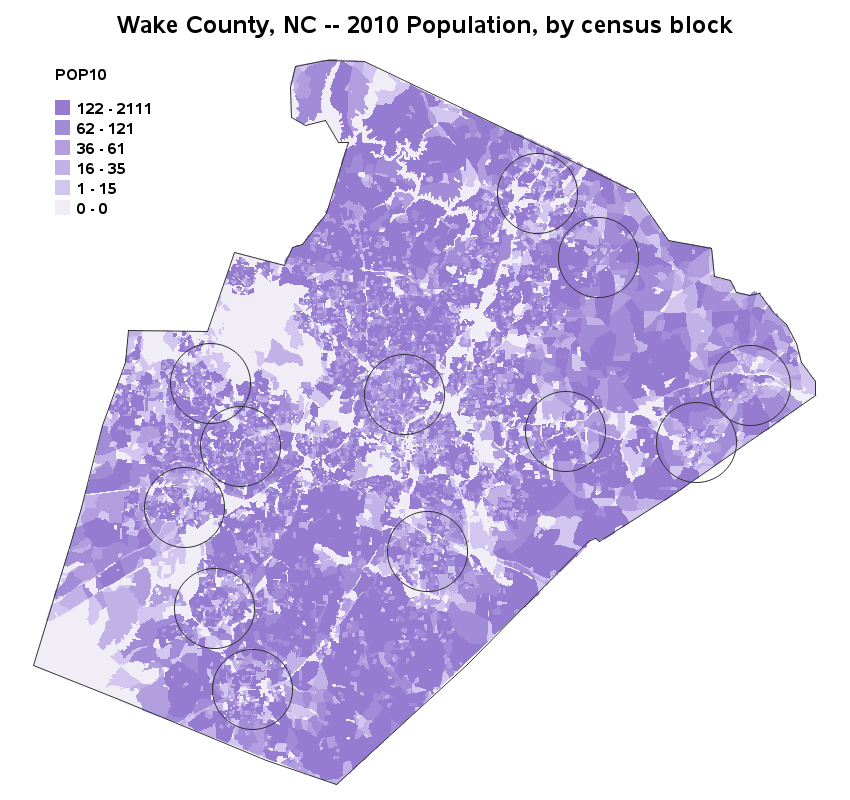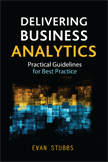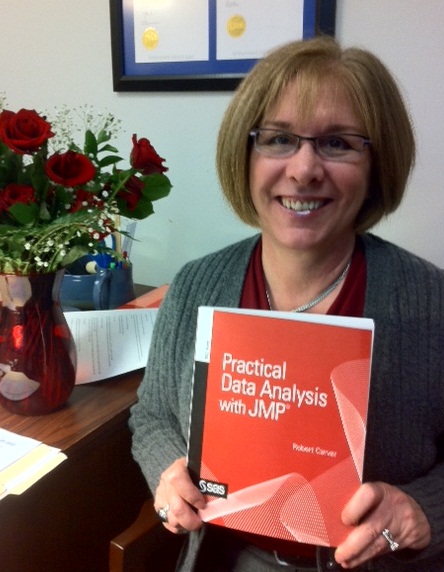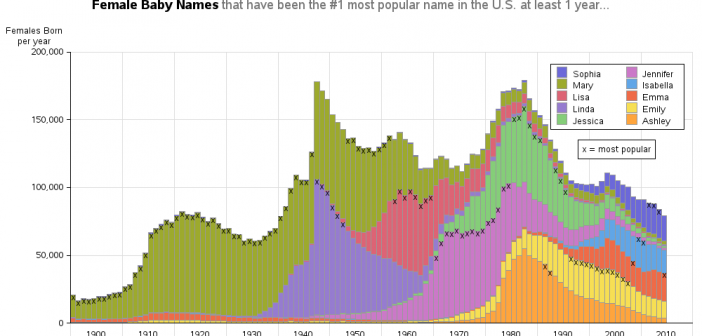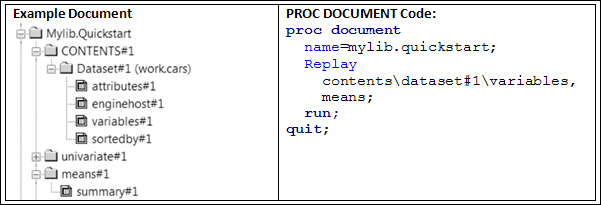
It’s early March and one of these days, the snow will melt here in Minnesota, the ice will disappear from the lakes, and spring will arrive. On my list of things to do this spring is a third edition of SAS Macro Programming Made Easy. It’s time to update the

